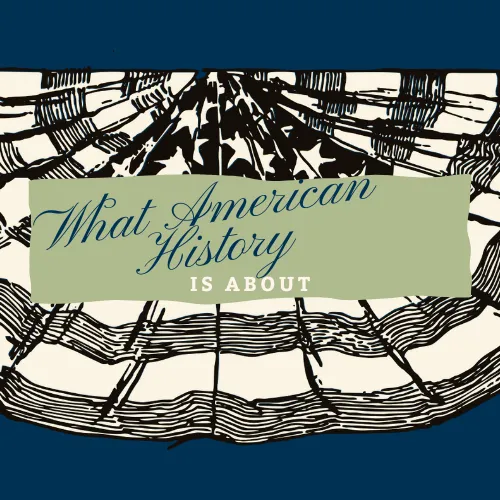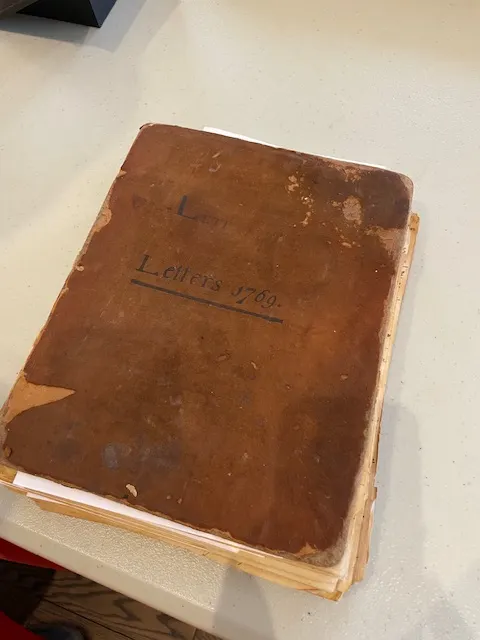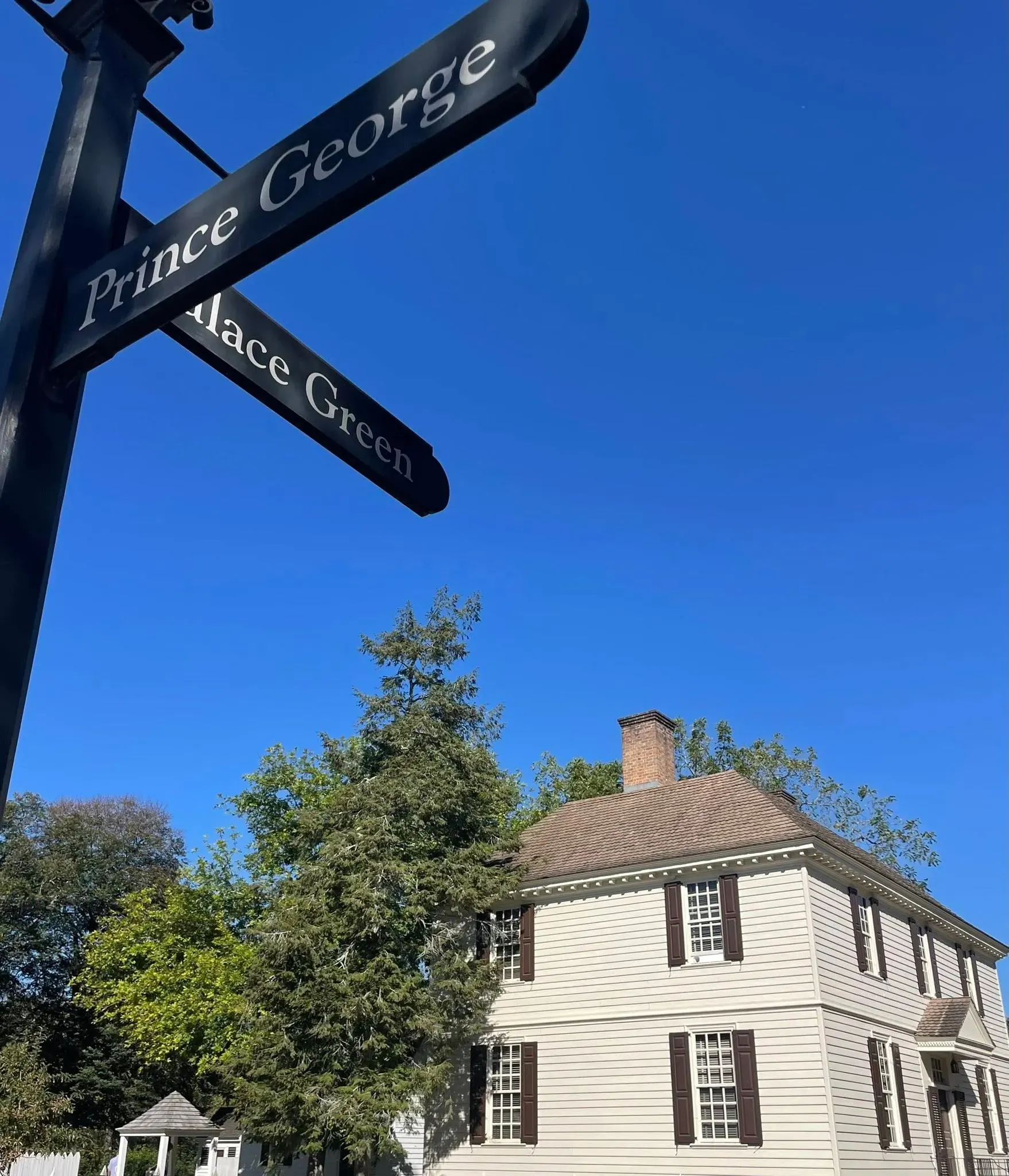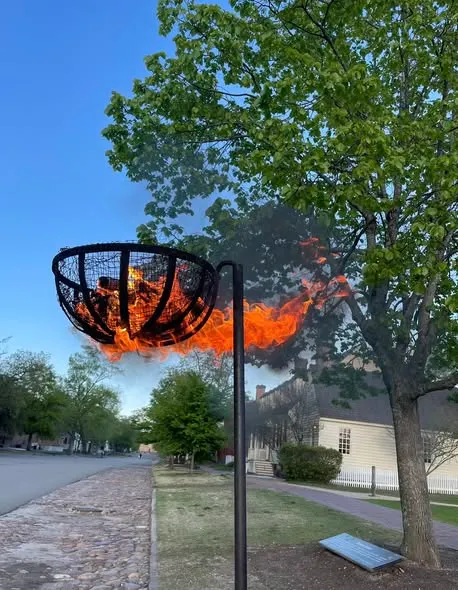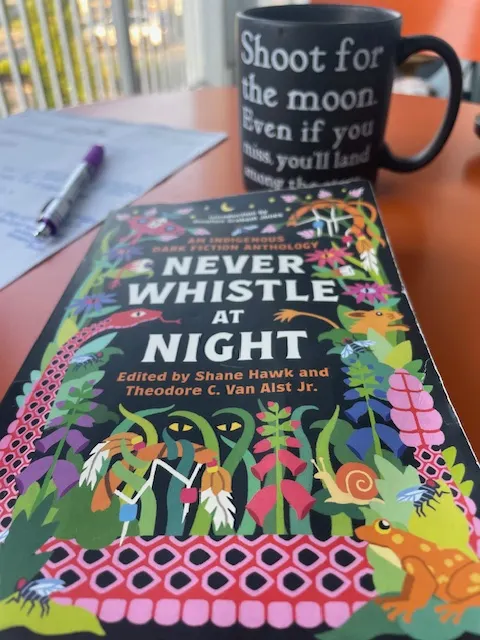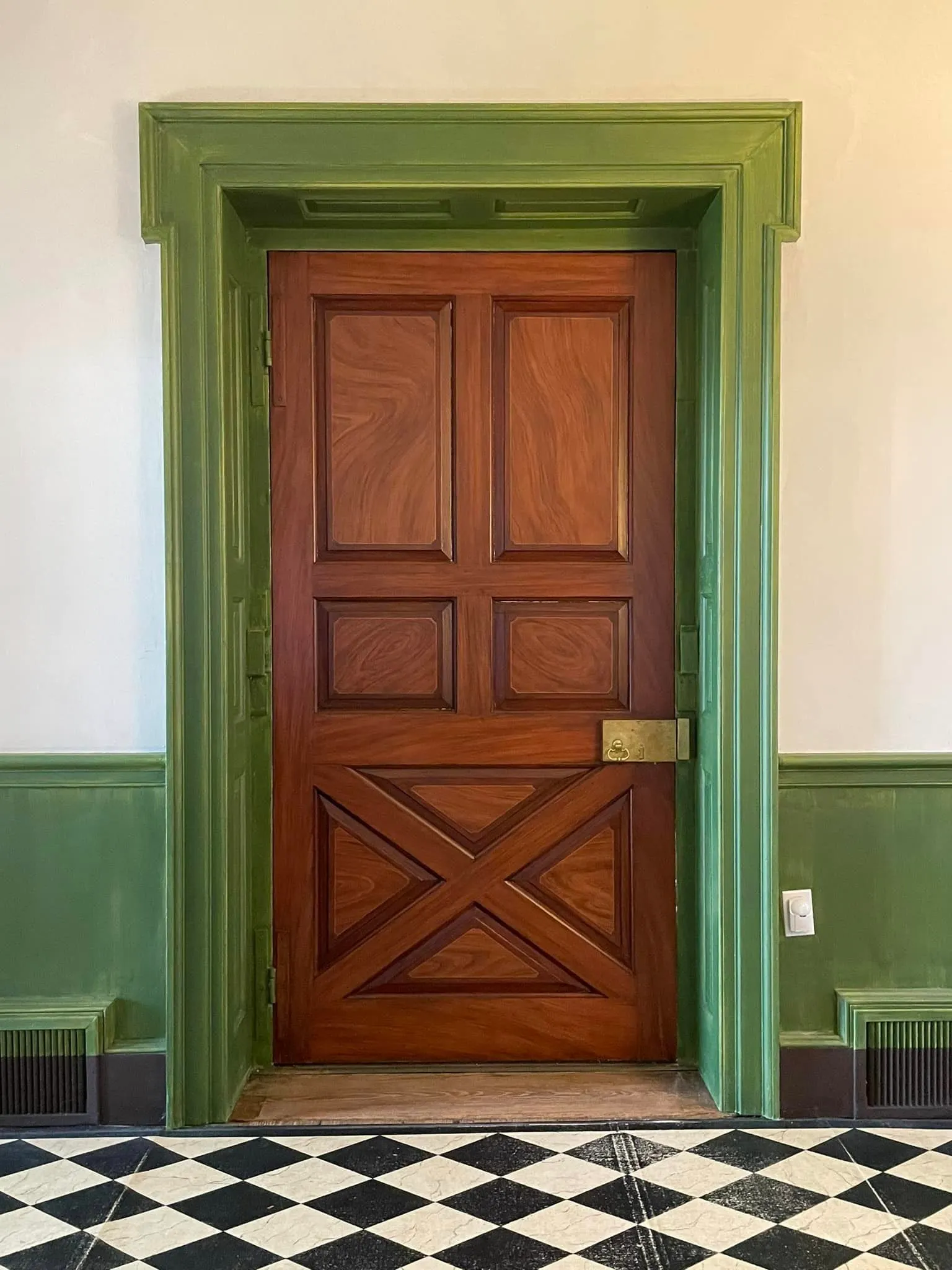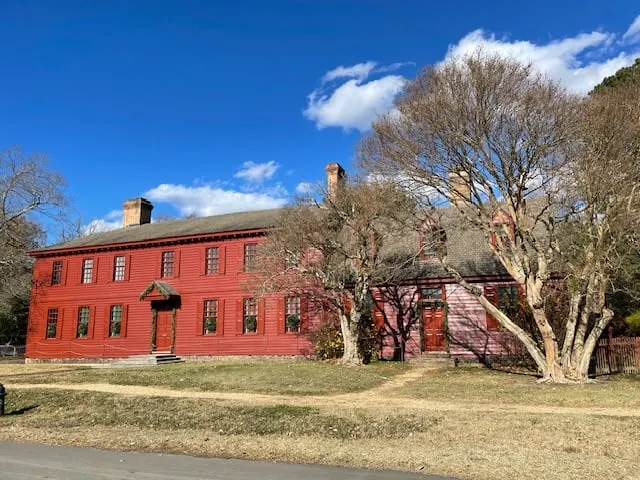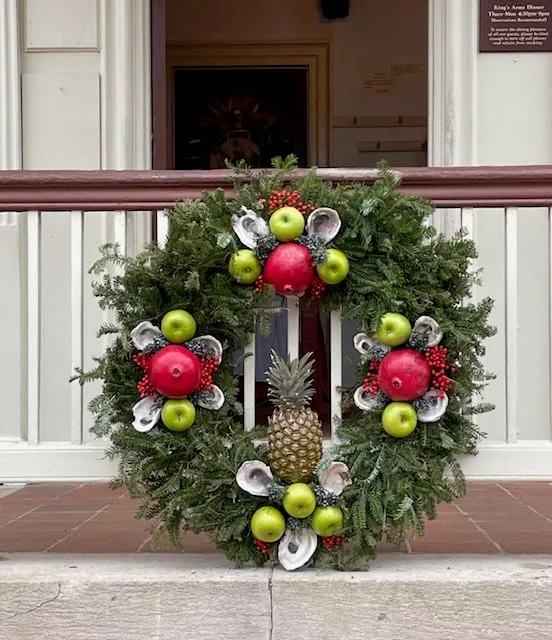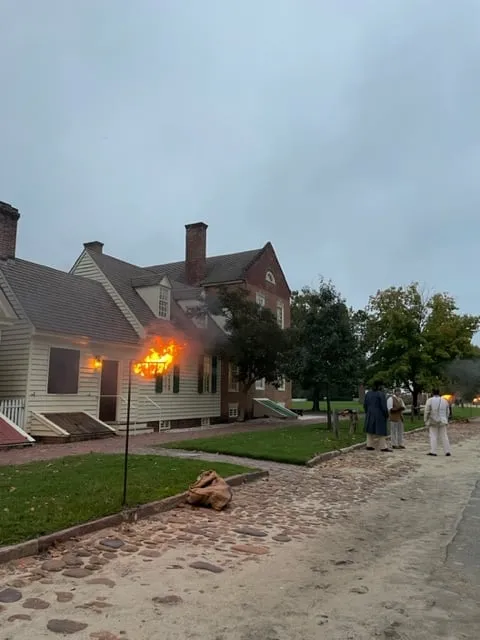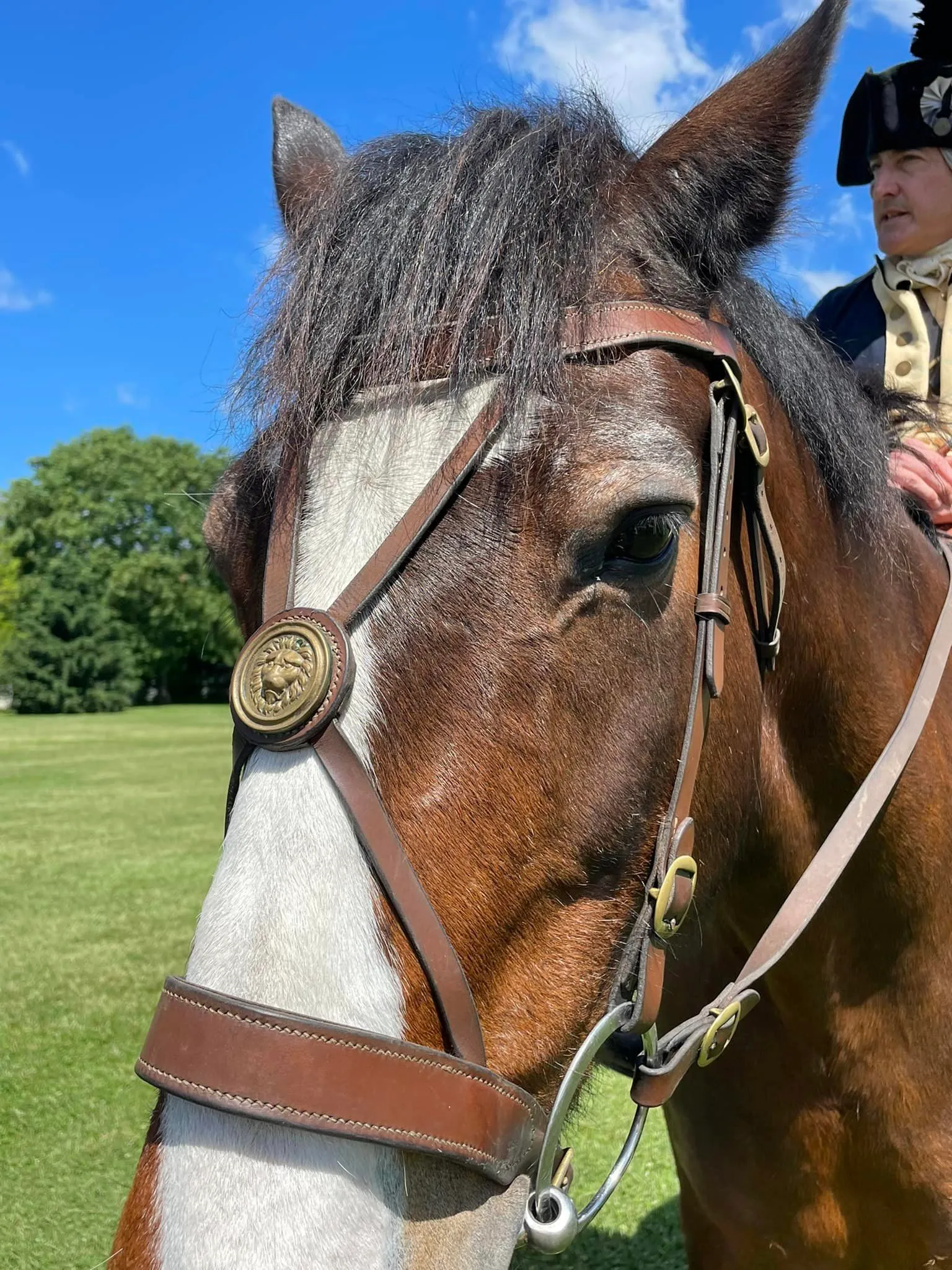Uncovering the Lives Behind Historic Homes: It's More Than Just About the Buildings
Why I want to know who lived in the buildings of early America.
From Mount Vernon and Monticello in Virginia to Manhattan’s oldest surviving residence, the Morris-Jumel Mansion in New York and the President's House on Market Street in Philadelphia, there are many famous historic homes of early America. But what about some of the lesser-known homes? Some that have survived, some remembered by an historical marker, and others, like many in Colonial Williamsburg (CW), reconstructed.
Living a just a couple miles down the road from CW, currently the largest living history museum in the world, I am blessed to see so many original early American buildings. Both historic homes and buildings used for other purposes, some having served as both.
But - the people bring those buildings and their history to life. Who lived there, who built them, who visited and who wandered the halls.
So it's coming: articles focused on early American homes.

Homes in Colonial Williamsburg
I have a category on this blog dedicated to Architecture and Buildings - and creating posts that fit into that category inherently adds to other categories: People in History, American Independence, Daily Life, Trades, Farming and Agriculture, Learning History. Virtually every category I've created for the blog.
That is the reason I feel compelled to dig into the homes around CW, the place where Virginia was the first to go for independency in May of 1776, leading to 13 colonies to join together in declaring independence, all united, in July.
Disclaimer: As a blogger, I use affiliate links sometimes! I may receive commission from purchases I share; it does not change your price but sometimes you might get a discount.
So many photos and a little research.
If you're a close friend or family, you know this about me: I'm constantly taking pictures of historic homes in Williamsburg and, honestly, all of the buildings and homes of early America I run across.
Some, like Scotchtown or Berkeley even ended up being the subject of blog posts. So this concept and a-ha moment I had to organize posts around homes is not new. What is new: the idea that I'll be digging into the buildings I see and find out (if possible!):
- their historical significance
- anything unique to the building or architecture
- who lived or visited
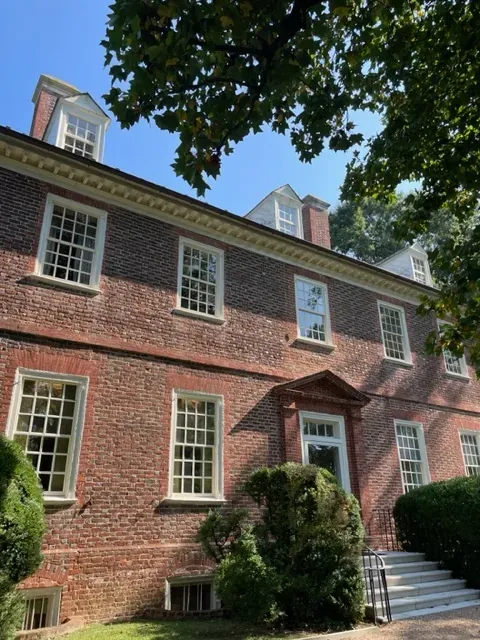
View of Berkeley, the Harrison ancestral home, Charles City County
Is this a structured series? Heck no, remember who the blogger is.
If you've been following the blog you know I started it with a journal-style approach. And if I'm honest, I cannot help but naturally drop in the structure I've learned about blogging BUT I love writing as I'm inspired and as I learn new things. It's what semi-retired Free At 50 life is about, right?
So while the posts about the buildings I explore may be similarly structured in the writing style, they may come in bursts or sporadically. But know if you're interested in the buildings of early America, including homes, you can always click directly to the Architecture and Buildings category above and find fantastic stories.
Not just the historic homes in Williamsburg, but also outside the borders, don't worry! Why?
A lot happened in Williamsburg, but there are so many places to explore.
Awe-inspiring stories are all around me here in CW --and throughout Virginia. But they're all around you as well. Please share them with me and let's dive deeper into early American history together.
Subscribe to the blog using the form on this page and connect with me via email. Click here to connect on Facebook or here for Instagram.
Or drop comments below!
But before you go, words from history.
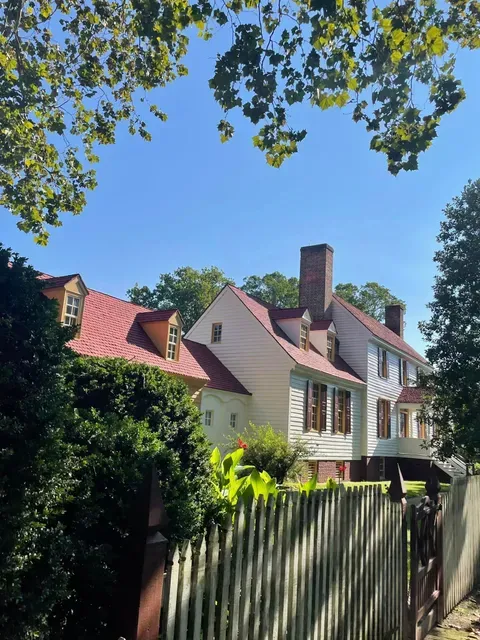
St. George Tucker House, Colonial Williamsburg
Closing words from history.
Below is an excerpt from Patrick Henry's last will and testament, which you can read in full by clicking here to Red Hill's website. Some of the places you may not have heard of, but I've read about in Mark Couvillon's book titled Patrick Henry's Virginia. It goes into detail about all the buildings related to Mr. Henry.
Whereas since the making my said will, I have covenanted to sell my Lands on Leatherwood to George Hairston including the 1000 acres intended for my Grand son Edmund Henry, and have agreed to purchase from General Henry Lee two shares of the Laura Town Lands amounting to about 6314 acres certain, and the Debt due me from Wilsons estate is agreed to go in payment for the said purchase, whereby there will exist no necessity to sell any of my estate for payment of my debts—I do therefore give the said Laura Town Lands in fee simple equally to be divided in value to two of my sons by my dear wife Dorothea, and desire her to name the sons who are to take that estate—and it is to be in Lieu and place of the Leatherwood, Prince Edward, Kentucky and seven Islands and other Lands allotted for two of my sons in my said Will. So that the Red hill estate, Long Island estate, and the Laura Town estate will furnish seats for my six sons by my wife.
There is a huge practical disclaimer to the content on this blog, which is my way of sharing my excitement and basically journaling online.
1) I am not a historian nor an expert. I will let you know I’m relaying the information as I understand and interpret it. The employees of Colonial Williamsburg base their presentations, work, and responses on historical documents and mainly primary sources.
2) I will update for accuracy as history is constant learning. If you have a question about accuracy, please ask me! I will get the answer from the best source I can find.
3) Photo credit to me, Daphne Reznik, for all photos in this post unless otherwise credided! All photos are personal photos taken in public access locations or with specific permission.
If you enjoy the blog, keep it going! (It's not a paid position) Tip me using my online tip jar!
